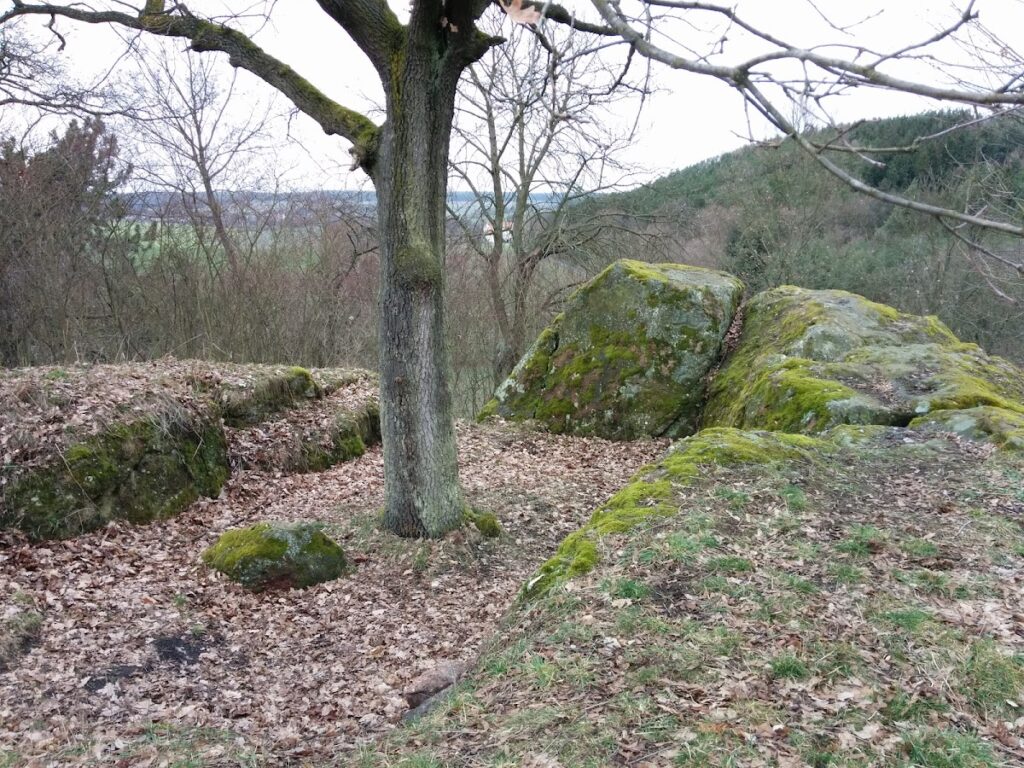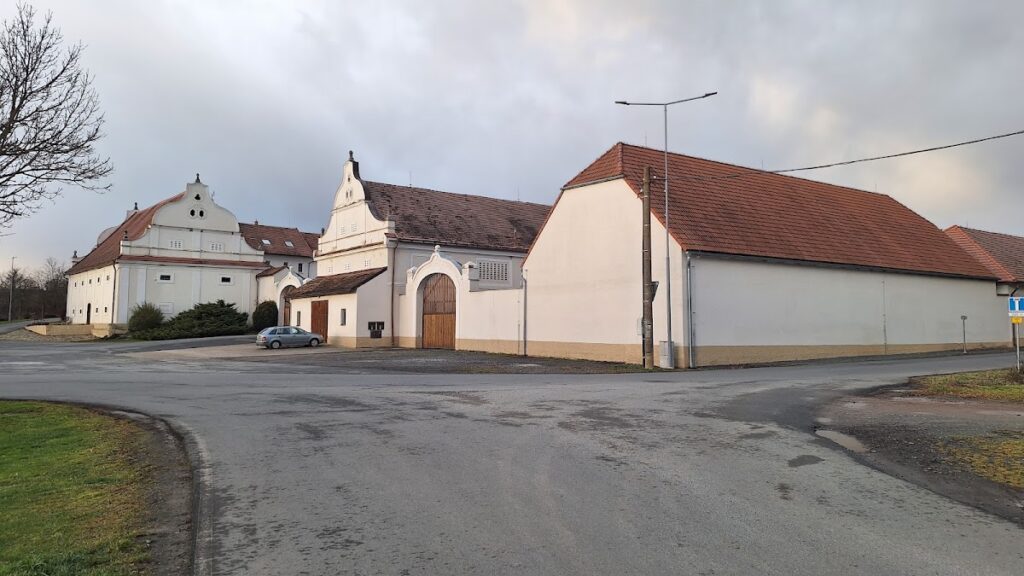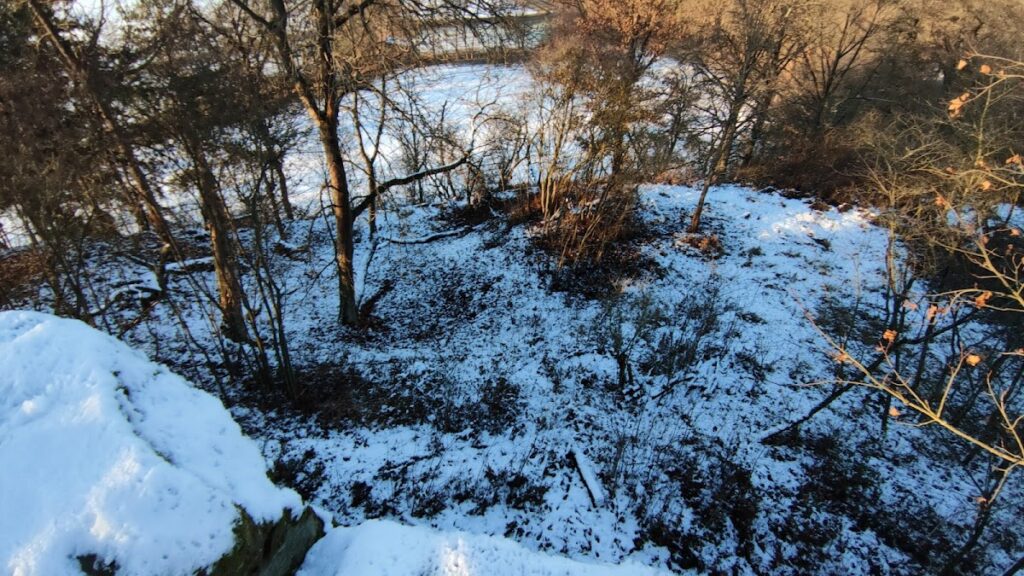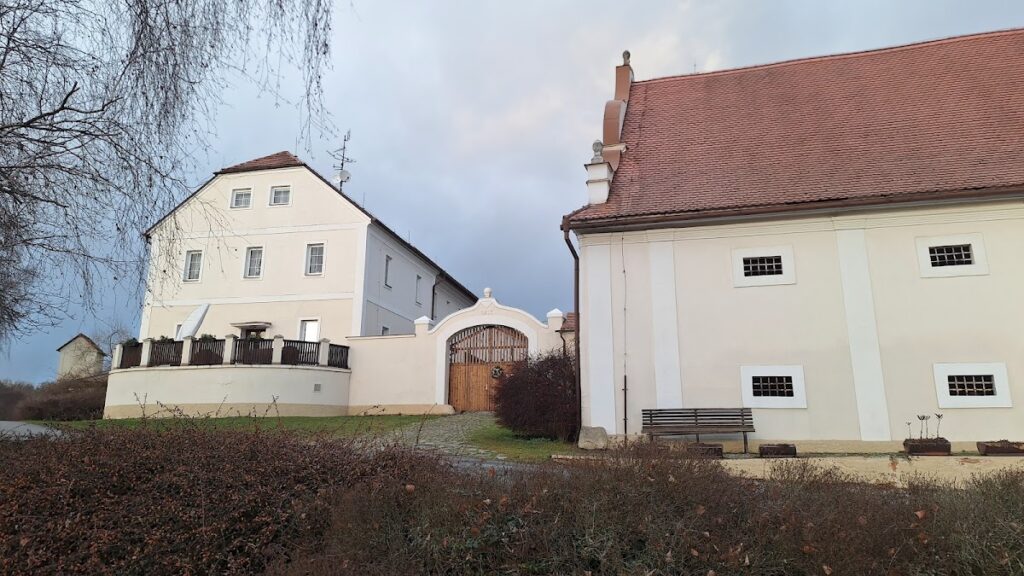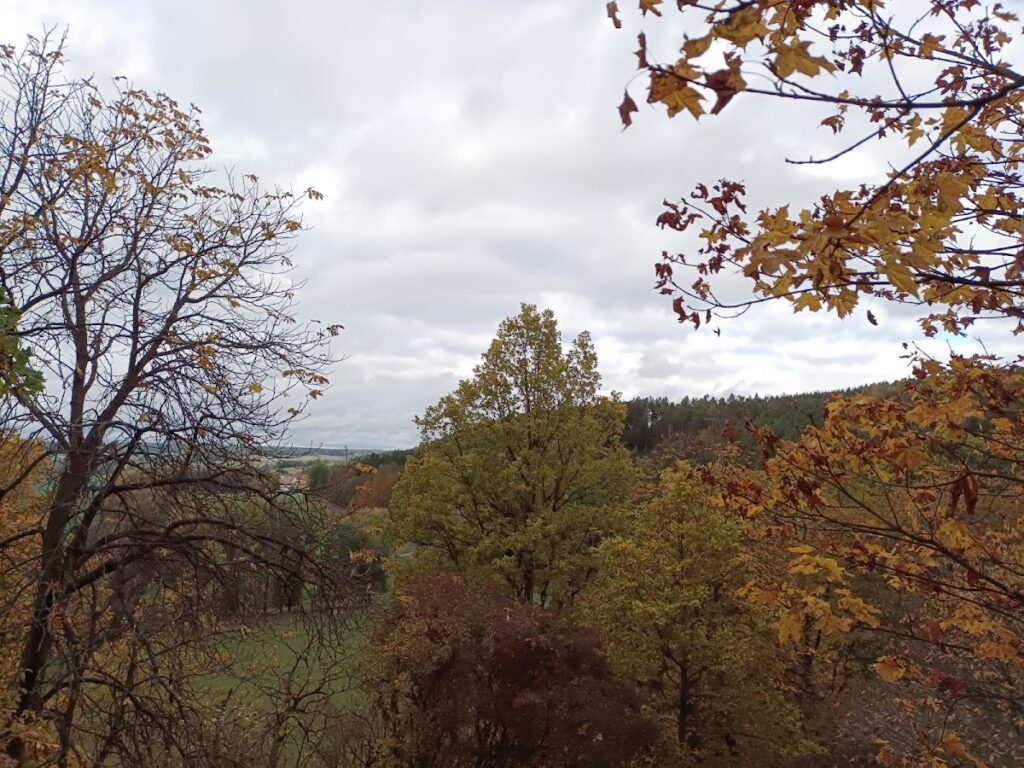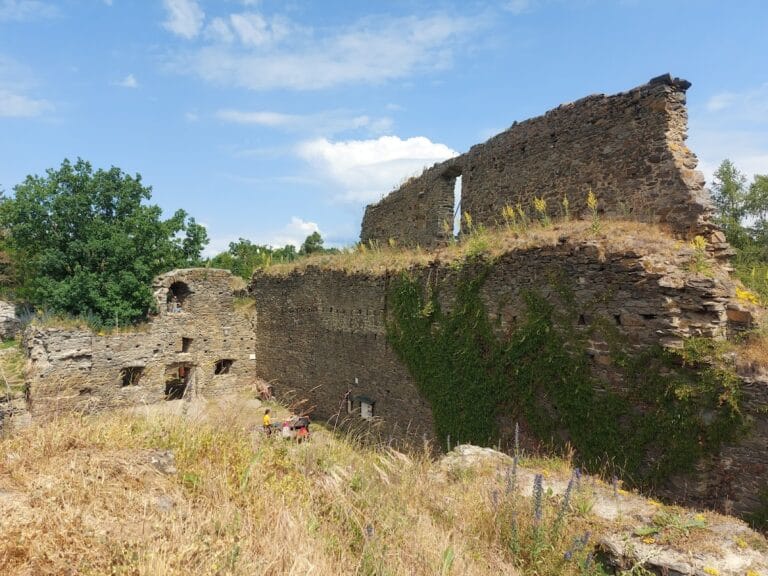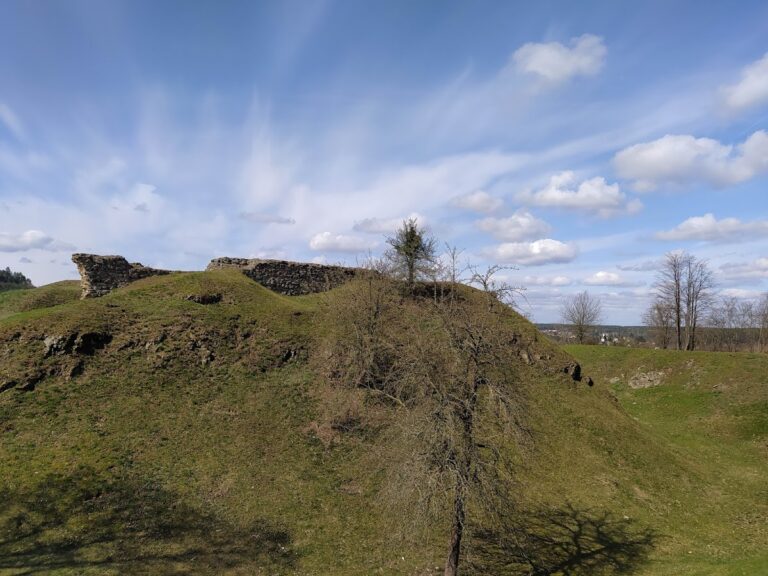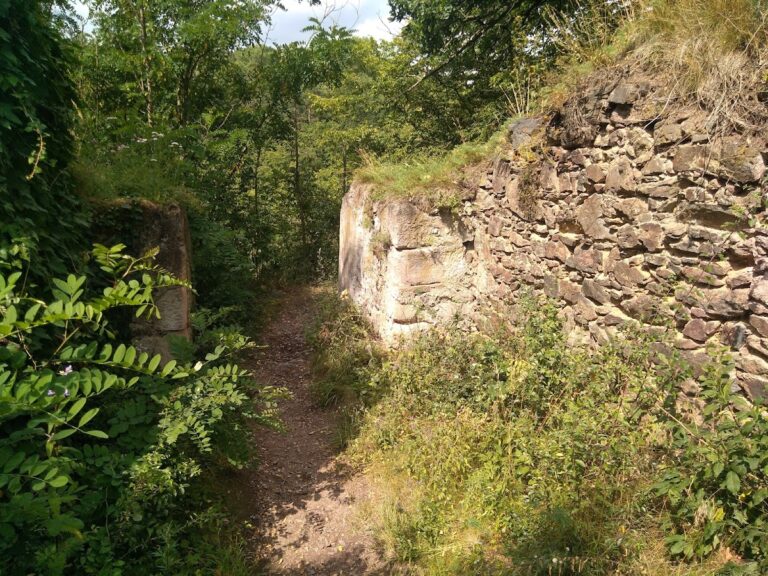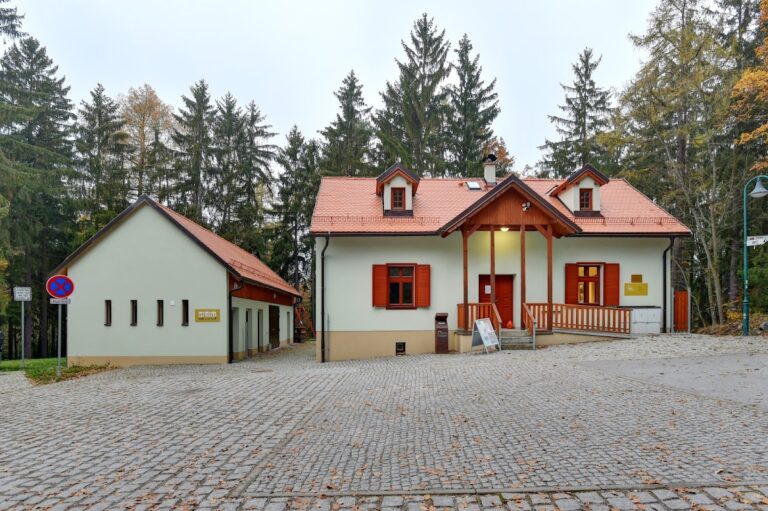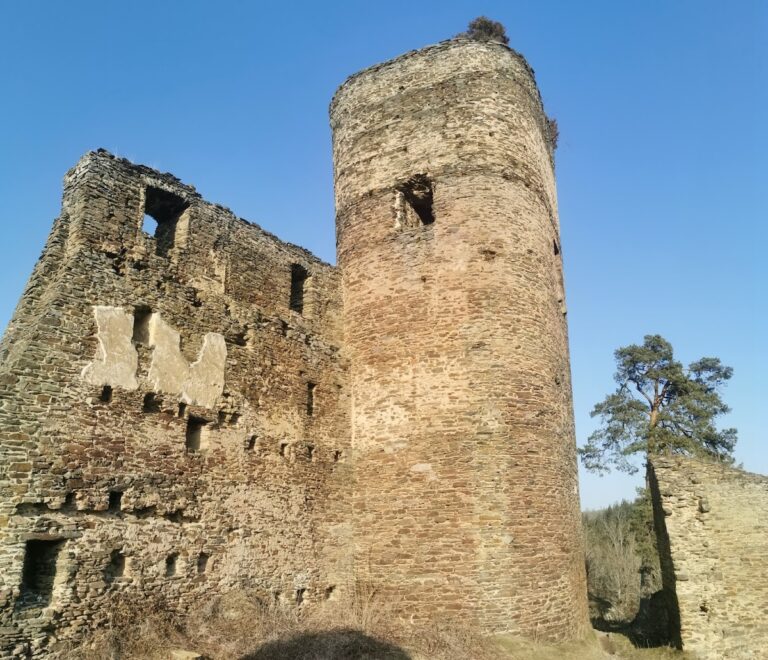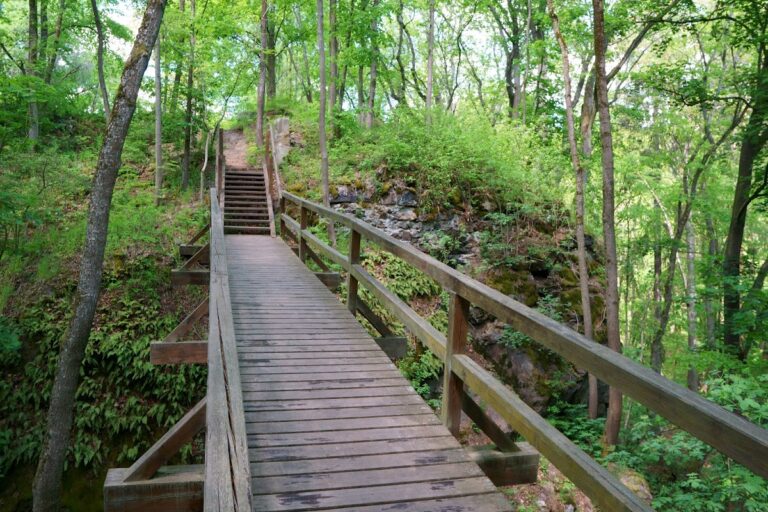Komberk Castle: A Medieval Fortress in the Czech Republic
Visitor Information
Google Rating: 4.3
Popularity: Very Low
Google Maps: View on Google Maps
Country: Czechia
Civilization: Unclassified
Remains: Military
History
Komberk was a medieval castle situated between the villages of Čeminy and Dolní Vlkýš in what is today the Czech Republic. The site itself has been occupied since prehistoric times, originally settled during the Eneolithic period by cultures including the Chamská group.
The first written record of Komberk dates back to 1313, naming Ojíř of Komberk from the Švihovský family of Rýzmberk as its holder. About three decades later, around 1340, Ojíř sold the castle and its lands to the Teplá monastery. This transaction, however, was reversed in 1350 following protests by Ojíř’s widow Žofie, who successfully opposed the sale.
In subsequent years, ownership changed hands when Ctibor of Švamberk acquired Komberk and later exchanged it with the Kladruby monastery in 1368. The castle became strategically significant during the early 15th century when Hussite forces captured it in 1420 amidst the religious conflicts sweeping Bohemia. Afterward, the monastery leveraged the estate to settle debts with local nobles Vilém of Nečtiny and Žlutice. These owners subsequently sold Komberk before 1447 to Burian I of Gutštejn.
The Gutštejn family maintained a military presence at Komberk but seldom lived on the premises. In 1478, the castle was likely taken by Jan Planknar of Kynšperk’s troops during regional hostilities. Historians disagree on what followed: one source suggests the castle was abandoned soon after, while another indicates that Jan of Gutštejn lived there until he sold the property around 1509 to Albrecht of Kolovrat.
Later owners included Jan and Bernart of Waldstein, who transferred Komberk and the nearby settlement of Dolní Bělá to Václav of Roupov. By 1558, the castle had fallen into ruin and was officially recorded as deserted, marking the end of its active use as a fortress or residence.
Remains
Komberk castle stands on a raised promontory above the Čeminský stream at an altitude of 350 meters, with its core area following an oval layout adapted to the natural terrain. One notable structure in the northern part of the castle core features a ground floor partly carved into the bedrock, demonstrating medieval builders’ use of the landscape to reinforce the castle’s defenses.
Opposite this building lies a circular hollow interpreted as an earth cellar or zemnice, a type of underground storage common in medieval fortifications. The core was enclosed by a wooden palisade, which was strengthened in the south by a semicircular barbican—a defensive outer work designed to protect the main gate or vulnerable walls. Another barbican was situated lower on the slope, providing additional defense for approaches to the castle.
To the east of the core, a substantially larger outer bailey extended the castle’s fortified area. This section was guarded by surviving earthworks consisting of a ditch and rampart. Between the bailey and the inner stronghold, a terraced level is believed to represent a former filled-in ditch, further enhancing the site’s layered defenses.
Today, the visible remains of Komberk consist primarily of these earthworks and traces of the fortifications, indicating the castle’s strategic design and construction methods. Recognized as a cultural monument, the site offers insight into medieval military architecture adapted to the natural hillside setting on which it was built.
